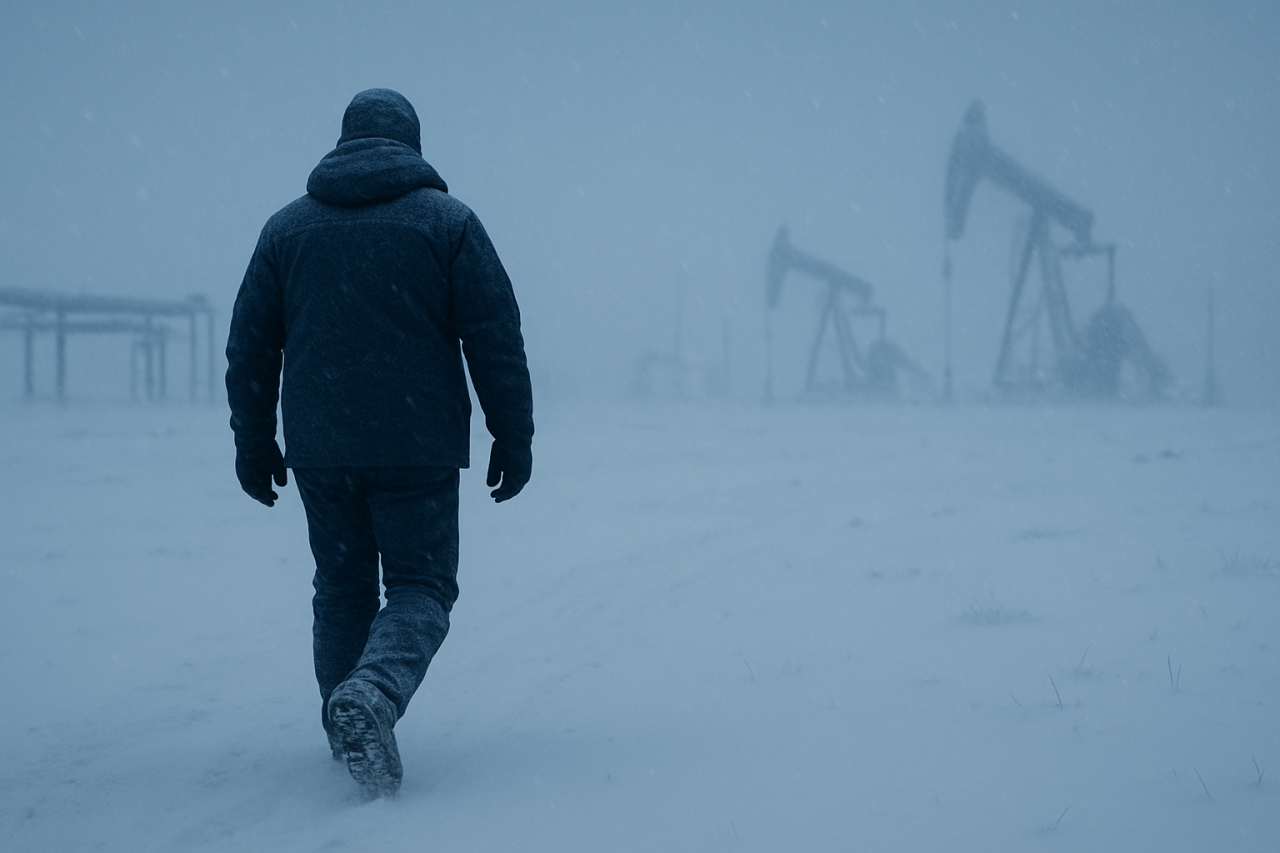Pipe Packs protect the gas before it reaches the regulator. By warming upstream lines, they prevent freeze-ups, stabilize flow, and build stronger winter reliability. A simple, effective way to keep your system moving—even in harsh cold.
When harsh weather hits, safety moves to the front line. See how CATCO builds prevention and protection into every product to keep crews safe and systems reliable.
A quiet night in the field turned into a frozen nightmare by morning. A single regulator froze solid, halting flow and production — a reminder that in the oil and gas world, freeze-ups don’t wait for tomorrow.
At CATCO, energy resilience is the mission. Our goal at PBIOS 2025 is to educate the industry on freeze protection and reliable heating solutions.
Winter freeze-ups put regulators, valves, and meters at risk. Catco heaters and enclosures deliver reliable heat that keeps production and distribution systems flowing.
CATCO hazardous location heaters come in three models — Dash 10, Dash 20, and Dash 40. Learn which is right for non-hazardous sites, tough outdoor environments, or fully certified hazardous locations.
Catco catalytic heaters are designed to keep regulators, valves, and compressor stations protected from freezing. With no moving parts, flameless operation, and efficient infrared heat, they deliver safe and reliable performance 24/7, 365 days a year.
Discover the top 3 instrument gas heater accessories—fuel filters, steady heat controllers, and regulators—that help extend heater life, boost performance, and ensure reliable operation in the field.
Get the Protection You Need Don’t wait until your equipment suffers from weather-related damage. Reach out to our team or visit our website to get more information on weather covers tailored to your heater setup. We'll help you find the right fit to keep your equipment running longer and more reliably—no matter the weather. Less downtime. More protection. That’s the Catco way.
There is no consensus on how to manage industrial freeze prevention or protection. But we can agree there are common best practices: a good plan typically consists of heating and insulation. The right system is highly dependent on your equipment...










